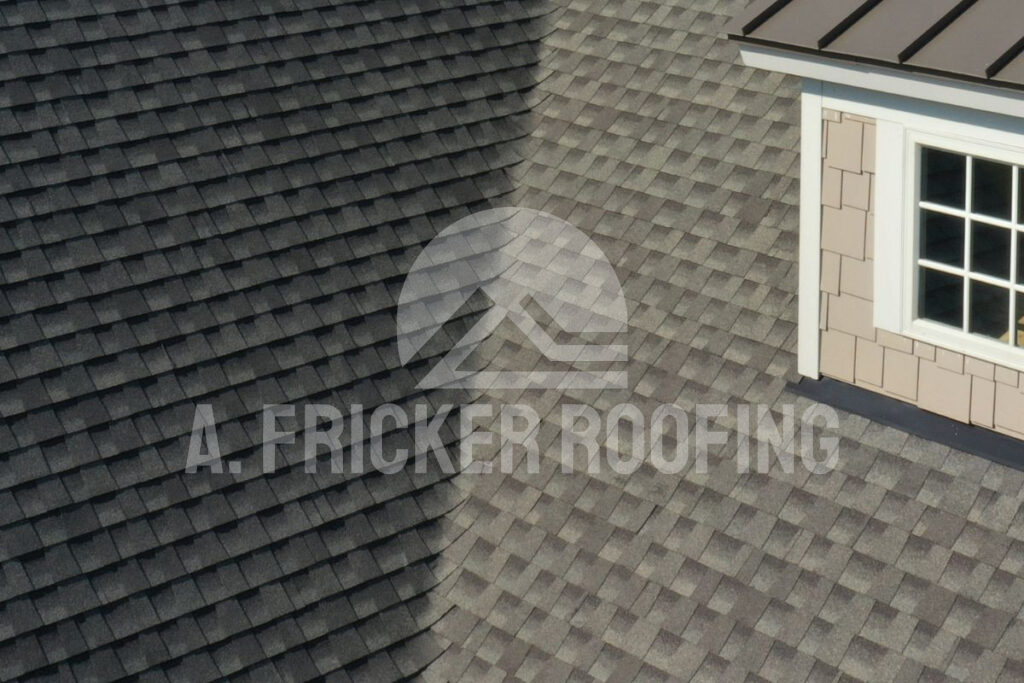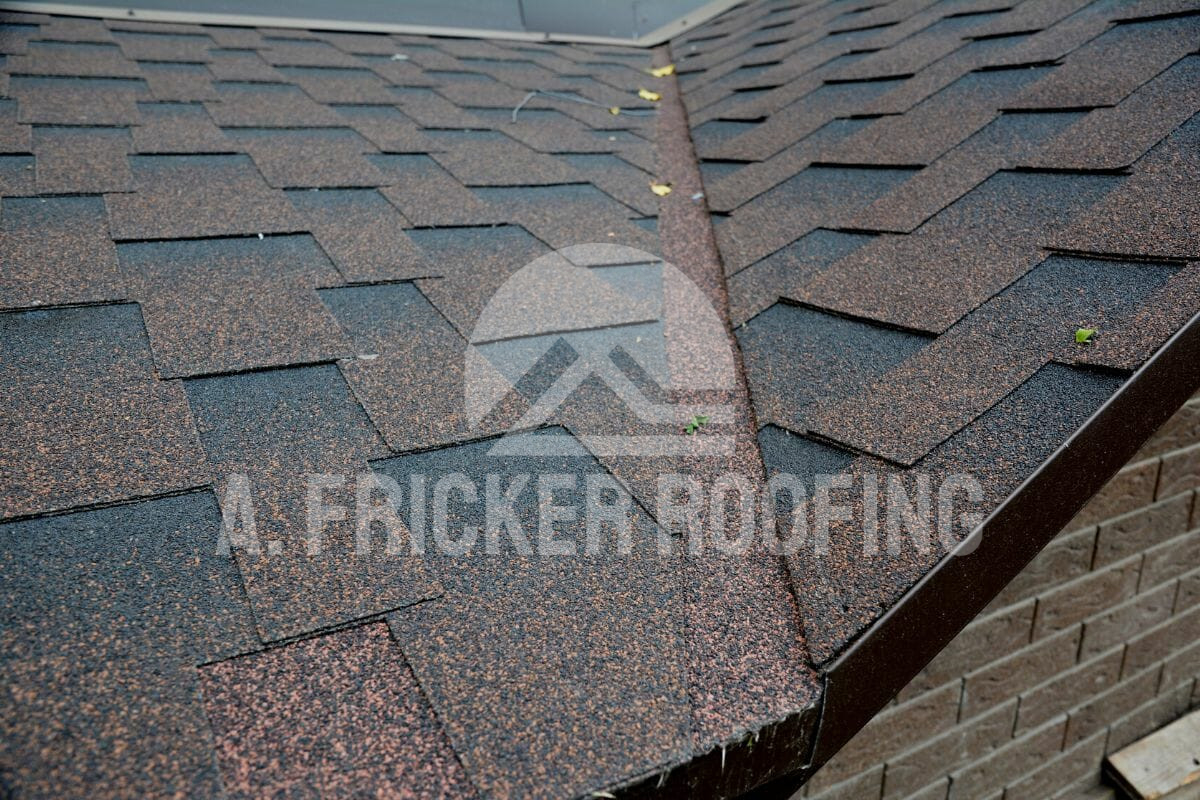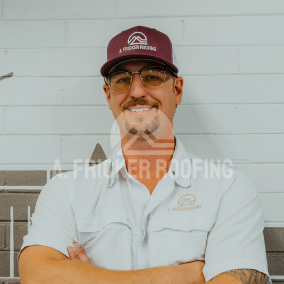You may have a brief understanding of what roof valleys are, but when it comes to roof valley problems, many homeowners fail to find an answer. Then, at the time when problems related to roof valleys strike, homeowners feel overwhelmed.
This blog is meant to help you understand how to easily overcome roof valley problems by finding the right solution for you. Keep on reading till the end for some clear ideas on the steps you need to take.
What Is A Roof Valley, And Its Purpose?
Roofs are appealing. But, at the same time, you may be afraid of climbing them. Ideally, roof valleys help direct the flow of water from the top of your roof to the ground below. Roof valleys act as a canal that transport rain, hail, and melted snow off your roof.
However, in broader terms, roof valleys are formed when two inclined surfaces meet making an interior angle on your roof. As time passes, the underlayment under roof valleys may break down due to certain factors affecting it. With this, beautiful roof valleys become troublesome.
In order to help you out in this situation, our professional team at A. Fricker Roofing and Waterproofing is always ready to help. Just give us a call and we will be on your doorstep in minutes.
What Is The Purpose Of Roof Valleys?
Roofs are not only a shield that protects your residence from external bodies entering, but also beautifies and reflect your living standards. If they are dirty due to lack of maintenance, it will impact them negatively in the long run.
If you have standing water or frozen ice on your roof, without a roof valley in place to allow for their movement, you may have to deal with leaks that will cut short the life of your roof.
Ultimately, the purpose of roof valleys is to prevent your roof from being damaged and help provide an outstanding design to your roof. Open and closed valley systems help guide the flow of water off your roof. Because of the narrow size of roof valleys, they can accumulate tiny contaminants like debris and branches. To remove them completely from the roof valley, you should seek professional roofing assistance.
What Are The Types Of Roof Valleys?
Although there is no restriction to your creativity, you can design roof valleys that resonate with your imagination. However, in general, roof valleys are found in two types: closed valleys and open valleys.
#1 Closed Valleys

Closed valleys, as the name suggests, are covered with asphalt shingles to completely protect the underlayment that joins the two flat slopes together, closing it and making your roof look more seamless
Underlayment is a water and ice-resistant adhesive material that sticks to the roof to prevent the water from seeping into it.
A closed valley roof isalso known as a woven valley roof, since the asphalt shingles are installed across the valley, creating a woven, seamless appearance that also covers the valley flashing. They are more sustainable as they weave an additional protective layer over the underlayment. Since asphalt shingles are also water resistant, they help prevent water from being absorbed and seeping into the roof.
#2 Open Valleys

In contrast to closed valleys, open valleys are valleys without any protective layer of seamless roofing material, leaving them exposed to rain and other elements. These valleys are also known as metallic valleys since they’re fortified with metal flashing.
This metal flashing is installed on the open valleys to make them water-resistant. You must maintain the flashing though since with each passing day, the metal used in open valleys is prone to rust and warping.
Therefore, we recommend our readers clean their roofs after each time it rains. Since metal roof flashingis a critical part of a home, we recommend readers seek professional maintenance.
Also read: Roof Valley Types: Choosing The Right Design For Your Home
What Are Some Common Roof Valley Problems?
Roofs provide you with a way to cover your head and protect your family, but they also become a cause for trouble. They require timely monitoring or inspection which many homeowners fail to create time for. In the next sections of the blog, we will discuss the common problems that you may face as a homeowner.
Underlayment: Degradation By Heat
The underlayment installed in your roof to prevent water leaks may not always do its job. The installation method and the material used in the construction of the underlayment matter more than any other thing.
- Poor installation by an inexperienced and unprofessional roofer is a leading cause of roof leakage.
- A proper installation and the right underlayment material provides a lifespan of up to 25 years, which is more than poorly installed flashing.
- In open roof valley installation, the underlayment that has come in direct contact with heat and rain can easily break down.
- Poor attic ventilation is also a cause for concern as it restrains the heat that then gets absorbed into the roof, as well as underlayment.
Thermal Expansion Of Roof Valleys
Roofs, as well as an underlayment, are exposed to the sun and ultraviolet rays coming from it. Due to direct contact with heat, metal roofs and their valleys expand, and in the winter or at night, the expanded metal contracts or shrinks causing warping to form. With this, the metal flashinggoes through a damaging process.
Water that flows over the damaged roof valleys now will move through holes and get into the roof.
Thermal expansion is a major issue that leads to a roof leaking. Homeowners more often face trouble repairing roofs, therefore they need to call professional roofers.
Standing Water And Frozen Snow
Once in while, homeowners go through a phase when their roofs leak and they have no idea how to fix it. Meanwhile, they do the best they can to clean the water themselves and get rid of the ice and snow. The effort itself is time-consuming and energy-draining.
Standing water and ice dams on roofs affect the integrity of the roofing structure. Standing water can seep into your roof, causing water damage. Sometimes, roof valleys leak due to poor workmanship during the initial roof installation.
Rust in Valleys Leads To Roof Leaks
Rust forms on metal valley flashing its protective coating gets compromised. Even if some water stays in the valley for a long time, it results in the formation of rust. With this, water leaks through the small cavity in the roof and damages the structure.
Hanging trees and debris near your roof can block the water flow along your roof valleys. This can lead to water leaks through the roof as water won’t have easy access to flow away and instead flows across the rest of your roof.
Lack Of Maintenance
You may not have to worry about roof leaks if you keep your roof properly maintained. Taking roofs for granted comes at a cost that homeowners will have to end up paying for, most likely in the form of roof replacement. Maintain debris and material quality on your roof and roof valleys in a timely manner to prevent damage and roof leaks from occurring.
How Can You Prevent Damage To Your Roof Valley?
Roof valleys are prone to leaks, however, you can minimize the chance of leaks occurring by practicing the following:
Timely Roof Maintenance
Valley roof material gets old with time if they are not maintained in a timely manner. Old flashing may still direct water to flow down the valley, but also allow it to seep into the roof. Leaves and branches may clog the roof valleys and create a real problem. It not only shortens the lifespan of the roof valley material but can also deform asphalt shingles.
At least clean your gutters twice a month, and maintain the roof a number of times during the year. If you are a handyman and have experience maintaining your roof yourself, you can do it without paying a single penny for any professional assistance. In the case that your roof is in the worst condition possible, that only requires professional hands, we recommend readers not wait a long time to call for professional help.
Repair Roof Valleys
Ideally a roof valley has a lifespan of about 25 years. However, if they remain exposed to elements without proper protection for a long time, you may have to pay a big amount for repairs or to replace them.
Before the condition gets worse, you must take responsibility for getting your roof repaired. Your best option is to find professional assistance to help repair it.
Lack of maintenance and poor construction can become a leading factor in damaging your roof valleys. Therefore, it’s better you repair it. Further deterioration and damage to the roof can be more expensive to repair, and may just call for an ultimate replacement. Calling a professional roofing contractor will allow them to inspect and assess the needs of your roof that an untrained individual would not immediately know.
Install New Shingles
Due to freezing water, shingles can deteriorate and displace from their defined positions creating new areas for water to leak through. It can flow from small gaps created in the shingles by the freezing water.
Shingles can also become deformed and never return to their previous state. You should regularly inspect your shingles before and after it rains or snows, and find any deformed shingles to further prevent your roof from deteriorating.
Install Water Resistant Underlayment
The underlayment below your roofing materials is just as crucial of a component as the roofing material itself. Along with checking that your underlayment has not gone through considerable wear and tear, make sure that your underlayment is waterproof to add additional protection.
The best underlayment for waterproofing a home is synthetic underlayment, as it is highly durable and water-resistant. You want to ensure your underlayment is waterproof, especially in open valley systems where there may be no protective covering or metal flashing installed.
Ventilate Your Home
You may have no idea why ventilation is required for a healthy attic. If you don’t utilize a vent system in your attic, the heat and the humidity in your space may get trapped causing the shingles to curl and crack. With this, the water on your roof may find its way into your attic space.
There are many other ways proper ventilation can help you.
- Ventilation increases the lifespan of your roofing system. With direct exposure to the sun, your roof gets hot and so does your attic. The trapped heat and moisture in your attic cause shingles to curl and crack quickly.
- Ventilation keeps your energy bills lower. In summer, hot air in the attic is expelled through the ridge vent and replaced with fresh air from the soffits.
Things To Consider Before Repairing Your Roof Valleys
First and most importantly, make sure professionals are handling your roof. You already know the importance and expense of roof replacement or repairs, if the repair or replacement process falls into unskilled hands, you may end up losing your hard-earned money all at once.
- Contact professional roofers
- Inspect the roofing materials they are using
- Make sure they have cleaned the roof before starting their job.
- Deploying water resistants is a must in roof shingles.
Do You Want Professional Hands to Handle Your Roof?
Not everyone is as skilled at handling roofing projects as professionals are. In case your roof valley or any area of your roof is leaking over your head in Tulsa, the team at A. Fricker Roofing and Waterproofing is always ready to assist you. No matter the extent your roof is leaking, we are a trusted team of professionals who can completely take care of all your roofing needs.
In Tulsa, we are best known for our roofing services such as waterproofing, roof valley repair, roof replacement, new roof installation, roof inspection, and more.
If you have questions related to your roof valley and want us to inspect your roof, call our helpful team at, (918) 205-2468.




